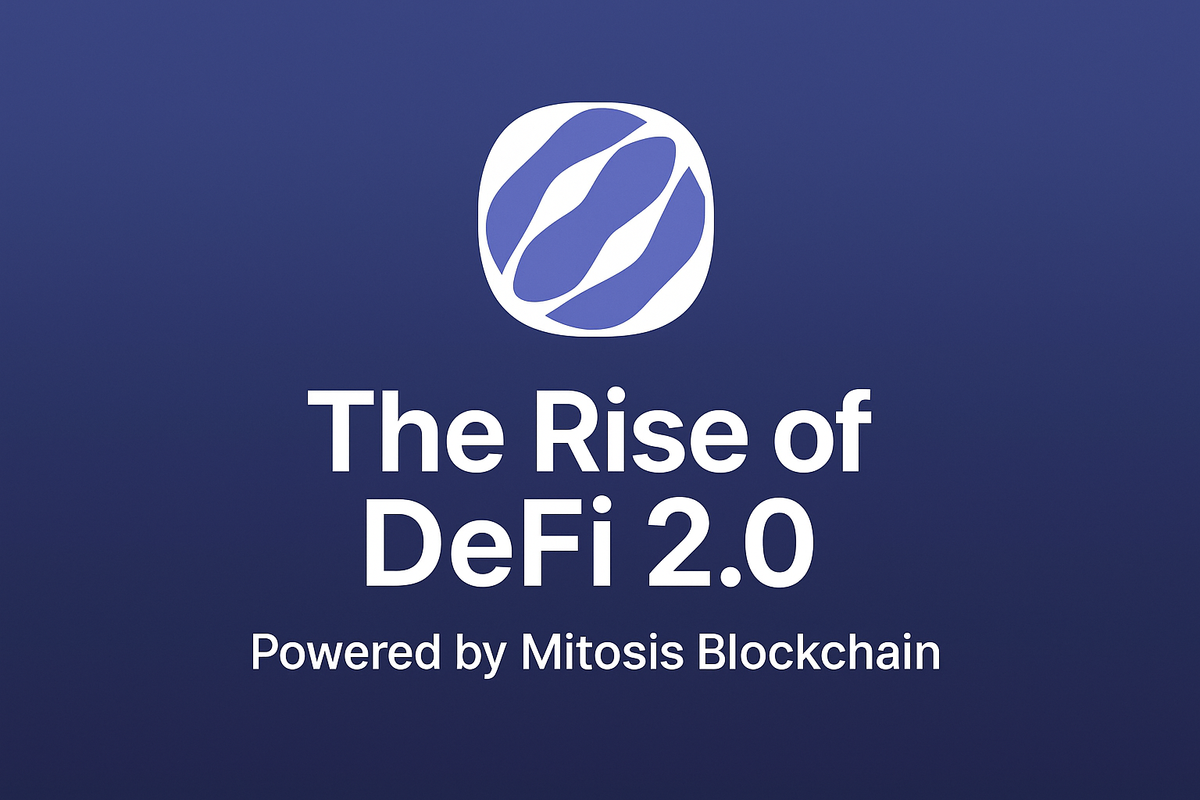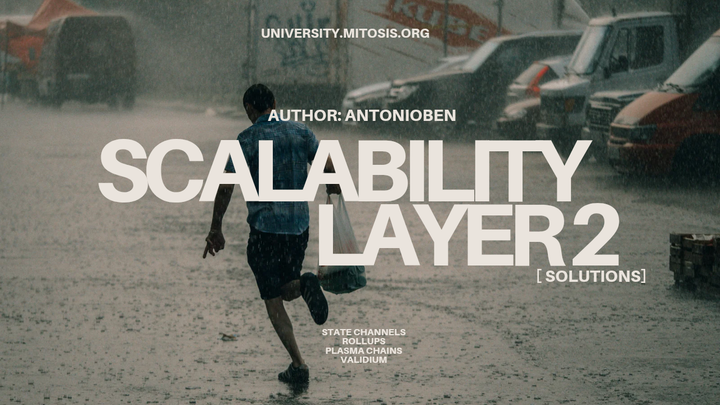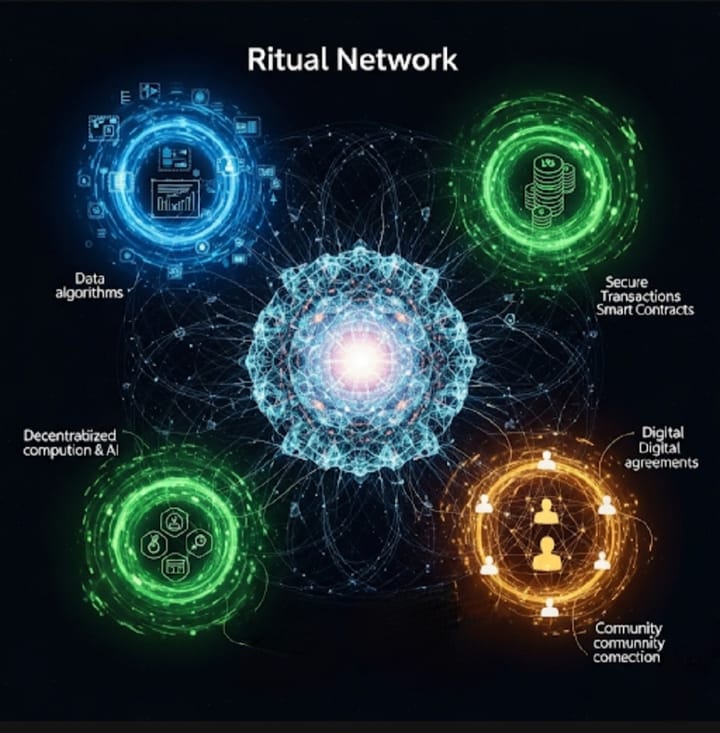The Rise of DeFi 2.0 : Mitosis Blockchain guide

Decentralized Finance (DeFi) 2.0 is the next wave of blockchain-based finance, making lending, borrowing, and trading faster, cheaper, and more accessible without banks. Mitosis, a Layer-1 blockchain, is a key player in this evolution, using its innovative Ecosystem-Owned Liquidity (EOL) model to solve DeFi’s biggest challenges.
What Is DeFi 2.0?⁷
DeFi 2.0 improves on earlier DeFi platforms like Uniswap or Aave by fixing high fees, slow transactions, and limited access. It uses advanced tech like Layer-2 networks (e.g., Arbitrum) and cross-chain bridges to make finance seamless and inclusive. For example, DeFi 2.0 platforms like Ondo Finance let you invest in real-world assets like U.S. Treasuries.
What Role does Mitosis play?:
Mitosis is built to tackle DeFi’s liquidity problems (when money gets “stuck” on one blockchain or protocol). Its EOL model and Matrix Vaults make liquidity flexible and rewarding, aligning perfectly with DeFi 2.0’s goals.
How is this achieved?:
Cross-Chain tool:
DeFi 2.0 thrives on blockchains working together. Mitosis uses tools like Hyperlane to let assets move smoothly across chains like Ethereum and Solana, reducing delays and costs. For instance, if you deposit ETH into a Mitosis Vault, you get “Vanilla Assets” (like vETH) that can be used anywhere Mitosis operates, no clunky bridging needed. This supports DeFi 2.0’s vision of a connected financial web.
More Rewards/incentives for Everyone:
DeFi 2.0 aims to make finance a fair game for all. Mitosis’s EOL lets users pool liquidity to access high-yield opportunities, like the Theo Straddle Vault, which offers triple yields (Theo tokens, funding rates, and MITO Points). Unlike older DeFi where big investors dominated, Mitosis rewards small users too, with campaigns like the Matrix Phase 4 opening to Morse NFT holders.
Why It Matters?
Mitosis’s $71.98 million in Total Value Locked (TVL) and partnerships with projects like Jumper and Zerion show its DeFi 2.0 impact. It empowers users to control liquidity, earn better yields, and join a global financial system. For example, a user in Africa could use Mitosis to lend crypto and earn interest, bypassing traditional banks.
Challenges to Watch:
Yes, there are challenges associated with things like this and both DeFi 2.0 and Mitosis face risks also these include smart contract hacks, like the $60 million DAO attack in 2016, are a concern, so Mitosis uses audits to stay secure. Regulations could also slow growth, but Mitosis’s community-driven governance, like Morse DAO, helps adapt to changes.
Get Started
Mitosis is a DeFi 2.0 leader, making finance open and fun. Visit app.mitosis.org to explore Matrix Vaults or join the Discord for beginner friendly campaigns. With DeFi 2.0 and Mitosis, you’re part of a financial revolution!



Comments ()